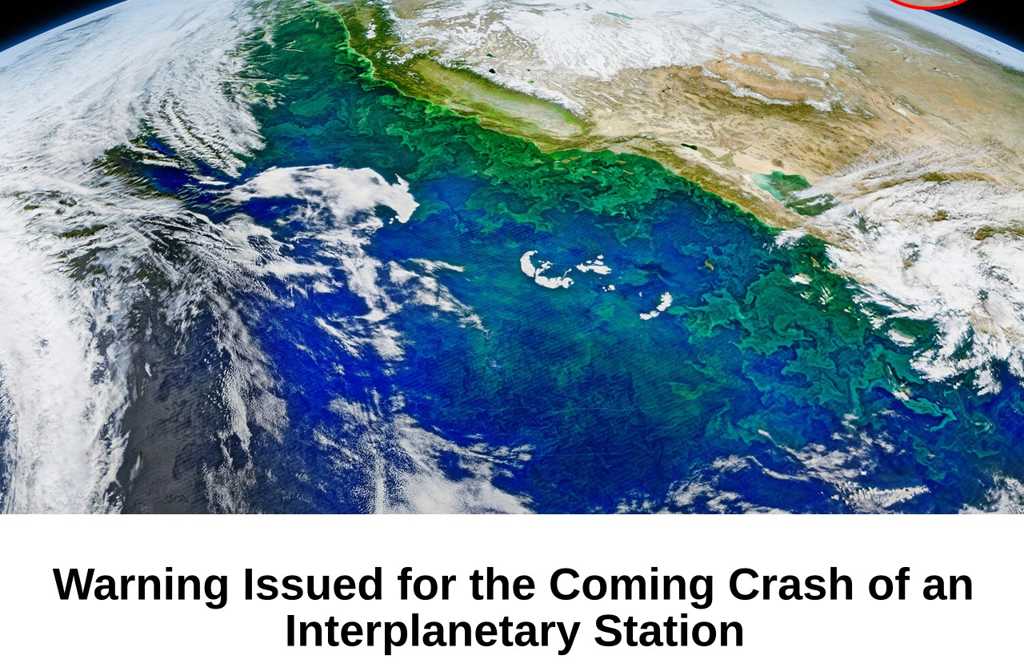The decommissioned Soviet automatic interplanetary station “Cosmos-482” may crash to Earth between May 7 and 13. Astronomer Jonathan McDowell shared this prediction in his blog.
According to his estimates, the car-sized object could potentially survive atmospheric entry and reach the planet’s surface.
“In that case, I’d estimate the chance of it hitting someone at roughly one in several thousand,” the scientist warned.
The probe “Cosmos-482,” launched by the USSR in March 1972, was intended to gather data from the harsh surface of Venus. However, due to a malfunction in one of the rocket boosters, the craft remained in Earth’s orbit.
On April 27, it was reported that an international team of researchers from the Harvard-Smithsonian Center for Astrophysics in the U.S. made an unexpected discovery—they found a planet twice the size of Earth, orbiting at a distance greater than that from the Sun to Saturn (over 1.35 billion km). The newly detected exoplanet belongs to the “super-Earth” class—planets with masses between Earth and Neptune.
Previously, scientists determined that Earth-like planets may exist around roughly one in every 300 Sun-like stars.


Leave a Reply